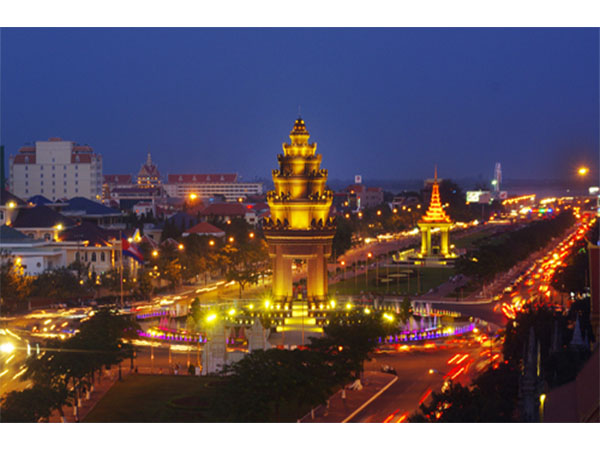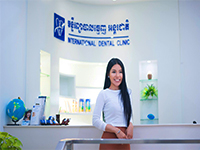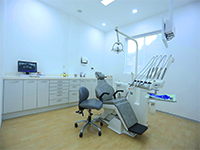Cambodia - An Affordable Dental Destination

Country Profile
The Kingdom of Cambodia – once known as the Khmer Empire is enjoying an economic renaissance during the past ten years. New roads, schools and other infrastructures are appearing everywhere as hotels, hospitals and clinics open up. The Cambodian Riel is the currency of Cambodia. The dental industry has also been enjoying a quiet boom, with advanced treatments including implants, porcelain veneers and dentures pricing up to 80% cheaper on the cross rates, but comparable in quality.
There are several independent mobile operators in a fiercely competitive market. 3G and 4G LTE services: Cellcard, Metfone and SMART offer 3G and 4G services in Cambodia. Cellcard was awarded as the fastes and most reliable telecom operator while Metfone has better coverage nation-wide but SMART is also acceptable for mobile devices.
As Cambodia emerges from its past and becomes a rising Asian star, it is embracing Western culture and trading vigorously with the First World. This and the tourism bonanza have brought English to the world of business, particularly in the hospitality and health sectors, where encounters with English speakers are frequent. Medical tourists may anticipate conversing in English during all phases of their dental treatments.
Cambodian Dental Industry
The Cambodia Ministry of Health recognizes the credentials of dentists from many other countries. In this way, the historic lack of skills is readily filled by expatriates mainly from America and Japan. While Cambodia may not immediately spring to mind as a dental tourist destination, this land of gentle, caring people is already sourcing many dentistry clients from Australia and Europe, who flock there because of the attractive dental service prices. The Cambodia Dental Association assumes responsibility for regulating professional standards.
Getting There
There are two ways to arrive in Cambodia as a visitor. You can travel overland by regular bus service or by affordable taxi from neighboring Vietnam, Laos and Thailand. Alternatively, you can fly directly to Phnom Penh International Airport (PNH) ten kilometers west of the nation’s capital. From there, you may connect to local flights that take you to Siem Reap or Sihanoukville. Alternatively, you can pick up a hire car and be ready to explore.
Phnom Penh International Airport (PNH), the largest airport in Cambodia that handles both passenger as well as commercial traffic. Siem Reap International Airport (REP) is the second largest international airport in Cambodia and is in Siem Reap. From this airport one can find buses and taxis that offer services to Thailand and Saigon.
Getting Around
Buses are the most frequent mode of travel in the city. Foreigners most often use Giant Ibis Transport as they have routes to Siem Reap, Preah Sihanouk, and even Saigon and Bangkok. Cars, motorbikes, cycle rickshaws and tuk-tuks constitute the public transport system of the city and is now can be easily rented through mobile apps (Passapp Taxis, tp name one).
Visitor Highlights
There are plenty of places to visit in Cambodia, whether in its capital city of Phnom Penh or in Siem Reap - where the famous Angkor Wat is located, or take a relaxing stay by the beach at Preah Sihanouk. You can never go wrong making Cambodia as your dental destination, besides, they have two accepted currencies here, US Dollar (yeah, you got that right), and Cambodian Riels.
The Royal Palace, including the two magnificent pagodas in the Palace Grounds, the Silver Pagoda and the Temple of the Emerald Buddha, are among the few public buildings in Phnom Penh really worth seeing.
The National Museum, contains an excellent collection of art from Cambodia's "golden age" of Angkor, and a lovely courtyard at the centre.
Wat Phnom, built in 1373, the temple was built in a small hill to celebrate the Buddha statues found in the river by a girl named Penh.
Angkor Wat, this largest religious monument in the world, was listed as one of the Seven Wonders of the World.


